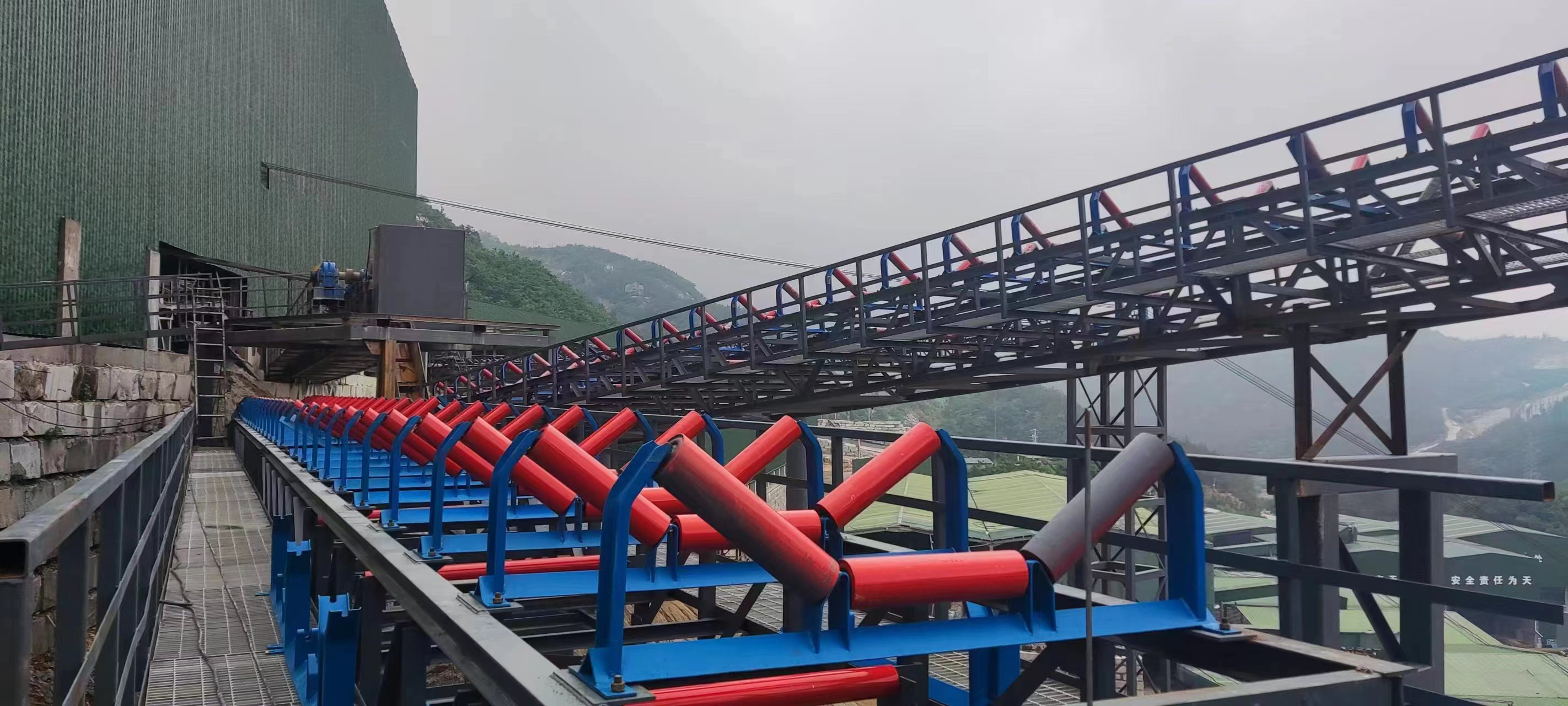
Due to its advantages of large transportation capacity, long transportation distance, high transportation efficiency, and continuous transportation, belt conveyors have been widely used in mining production and have become one of the key transportation equipment in coal production. With the increasing demand for output and efficiency in coal production, mining belt conveyors are developing towards high-speed and large-scale directions.
As mining belt conveyors are at the hub of mining transportation, ensuring their operation safety and preventing malignant accidents are of great significance to coal mine safety production. As a typical large-scale rotating machinery, the large number of roller groups contained in mining belt conveyors are the main hidden dangers that cause fire accidents; However, traditional regular and post maintenance often have high costs, poor real-time performance, high safety hazards, and difficult to fully utilize the service potential of the roller components.
Therefore, it is necessary to monitor the status of the rollers in mining belt conveyors, detect abnormal states of the rollers in a timely manner through signal analysis methods, and predict their remaining service life in order to further develop reasonable maintenance strategies to eliminate hidden dangers and maximize the service time of the rollers. With the support of the National Natural Science Foundation project "Research on Health Management of Large Rotating Machinery under Variable Working Conditions Based on Multi time Scale Models" and the Jiangsu Provincial Natural Science Foundation project "Research on Multi time Scale Health Status Monitoring Methods for Large Coal Mine Belt Conveyors", this paper takes the rollers in mining belt conveyors as the research object, combines signal processing, feature extraction, and fault diagnosis.
Theories and technologies related to health assessment and life expectancy prediction, Conduct research on health monitoring methods for mining belt conveyor rollers, in order to form a fault diagnosis, identification, and remaining life prediction technology for mining rollers based on vibration signal analysis. This provides theoretical support for ensuring the safe operation of mining belt conveyors and formulating optimal maintenance strategies for roller components.

Effectively improving the safety and reliability of belt conveyors through the five major technological revolutions of rollers
Due to the fact that the idler roller is the heart of a belt conveyor, its waterproof, dustproof, and especially anti semi liquid object (mud) pollution sealing performance, the accuracy of the bearing position at both ends, the radial runout of the outer circle, the rotational resistance, the moment of inertia, the noise during operation, corrosion and rust prevention, wear resistance, etc., can all directly affect the safe operation of the belt conveyor. The effect of technological innovation on the idler roller through "treating the head when the head hurts, treating the foot when the foot hurts" is minimal. For example, increasing the thickness of the pipe wall in order to improve the wear resistance life of the idler roller. This method not only fails to solve the sealing problem, but also increases the moment of inertia of the idler roller. Moreover, premature failure of the bearing due to jamming can also cause serious wear of the tape, energy consumption, etc. In order to meet the ideal requirements for the comprehensive performance of the rollers, there may be losses, noise pollution, and various potential hazards, and even personal injury accidents, To improve the safety and reliability of belt conveyors, this article has made comprehensive technical improvements to the rollers in five aspects.
